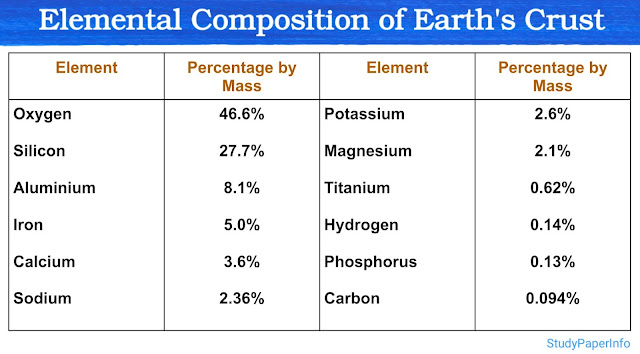Miller and Urey Experiment
In the early 1950s, scientists were exploring how life might have originated on Earth from non-living matter. At that time, it was widely believed that the early Earth's atmosphere was reducing in nature, meaning it had very low oxygen and was rich in gases like methane (CH₄), ammonia (NH₃), hydrogen (H₂) and water vapor (H₂O). This idea was strongly supported by the Russian scientist A.I. Oparin and the British biologist J.B.S. Haldane in the 1920s and 1930s, who proposed that organic molecules essential for life could form spontaneously under such conditions.
In 1952, Stanley L. Miller, a graduate student, conducted an experiment under the guidance of Harold C. Urey at the University of Chicago. The experiment aimed to test whether simple inorganic molecules could give rise to organic compounds under the conditions assumed to exist on primitive Earth. This experiment became famously known as the Miller-Urey Experiment and its findings were published in 1953.
Experimental Setup
The setup involved a closed glass system with two main chambers connected by tubes:
- One flask contained water which was heated to produce water vapor, simulating the ancient oceans.
- The water vapor entered another chamber filled with a mixture of methane, ammonia and hydrogen gases to represent the primitive atmosphere.
- This gas mixture was exposed to continuous electric sparks through electrodes, imitating lightning activity on early Earth.
The gases circulated through the system continuously and after a few days, the water in the collecting trap began to change color, indicating chemical changes.
Results of the Experiment
After about a week, Miller observed the formation of several organic compounds, including amino acids such as glycine, alanine and aspartic acid. Amino acids are the fundamental building blocks of proteins, which are crucial for life. The experiment showed that organic molecules could indeed be synthesized from simple inorganic precursors in a simulated early Earth environment. This provided the first experimental evidence supporting the theory of abiogenesis.
Criticism and Limitations
Despite its importance, the Miller-Urey experiment has faced some criticism:
- Later studies suggested that Earth's early atmosphere might not have been as reducing as Miller and Urey assumed. It may have had more carbon dioxide and nitrogen, which are less reactive.
- The experiment did not produce nucleotides, lipids and sugars, which are also necessary for life.
- It did not show how these organic molecules could organize into self-replicating systems, which is essential for the origin of life.
Still, the Miller-Urey experiment remains a landmark in scientific history. It was the first to demonstrate that basic building blocks of life could form under natural conditions and it sparked a new wave of research into how life could emerge from non-life.



Comments
Post a Comment